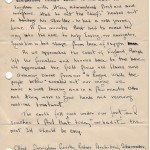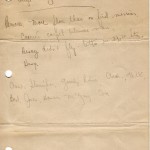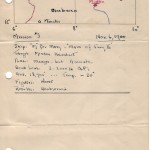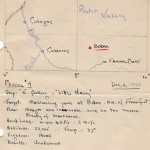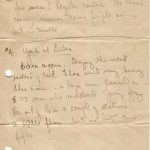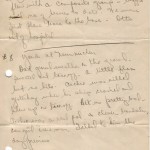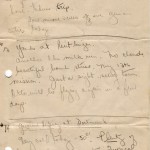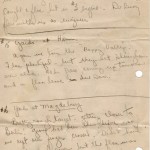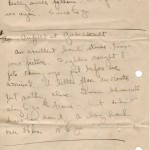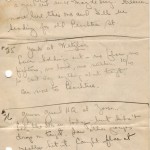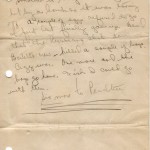Dad volunteered for the U. S. Army during World War II in October 1943. Having performed well in physical and mental tests during boot camp, he was directed into the fledgling U. S. Army Air Corps for pilot training. However, as 1944 unfolded, the Army Air Corps had enough pilots, what they needed were gunners to man the six 50-caliber machine guns that protected B-17 and B-24 heavy bombers against marauding fighters of the German Luftwaffe.
He was sent to gunnery school in Laredo, Texas and ultimately joined a B-24 combat crew for combat crew training in Charleston, South Carolina. His crew was headed by pilot Ralph Sheringham. In late October, 1944 Dad and his fellow crewmen were sent to England aboard RMS Queen Mary which had been converted to the fastest and largest troop carrier in the Allied fleet. They ultimately joined the 453rd Bombardment Group – Heavy based outside of Norwich, England in the small village of Old Buckenham, England. Beginning in early November 1944, he and his crew began flying combat bombing missions over Germany that lasted through late March, 1945.
Their crew had to complete 35 combat missions to complete their “tour of duty” and return home. Early on, Dad missed 5 missions due to some vision difficulties while the rest of the crew continued on their missions. Thus, the rest of the crew reached 35 in late March; however, Dad had only reached 29.
Dad wrote a brief description of each of the missions with his crew, ending his journal with his Mission #29, which was the 35th mission for the rest of the crew.
As an Allied victory in Europe became an almost foregone conclusion, during April, 1945 as Dad remained in England, he flew 4-5 more missions with other crews. He was in England on VE (Victory in Europe) Day – May 8, 1945 at which point he had completed 33 combat missions. However, he did not complete his journal with entries from these final 4-5 missions.
Dad and his family lived for most of his formative years in Atlanta, Georgia. At the time of his enlistment in World War II, his family was residing on Peachtree Street. Thus, the references to “home to Ole’ Peachtree” etc.

